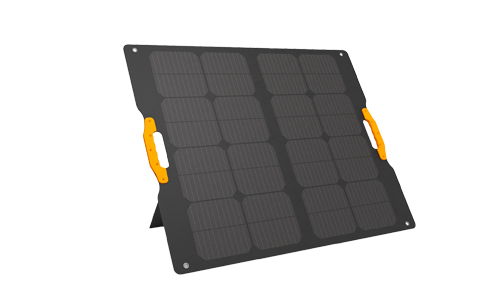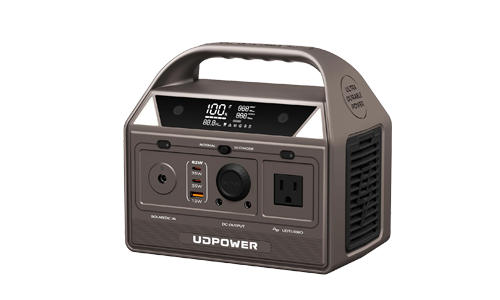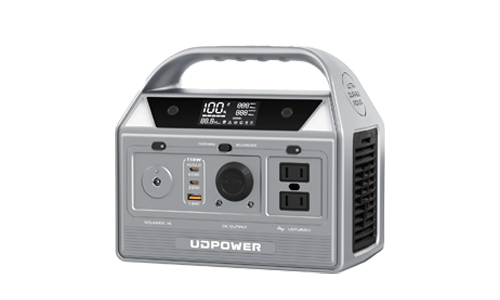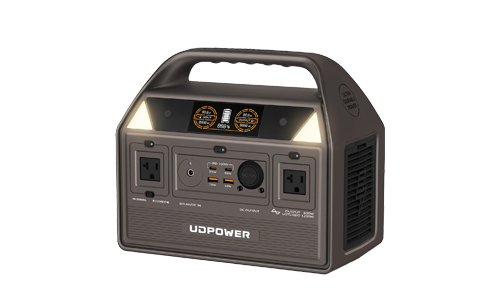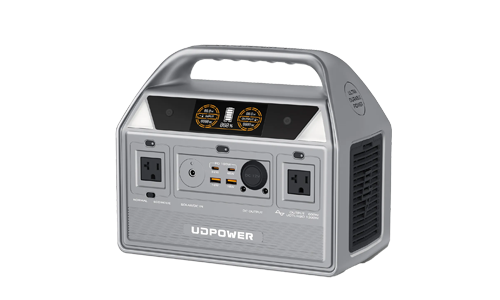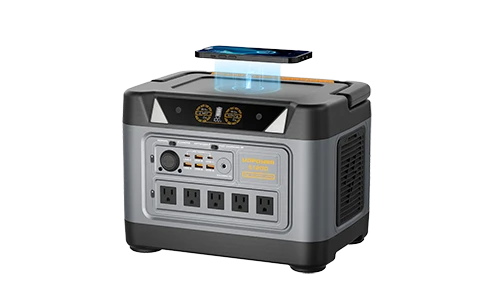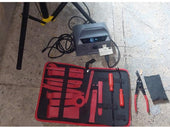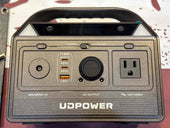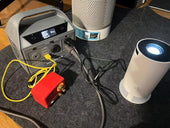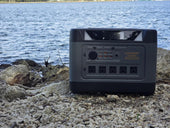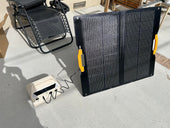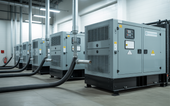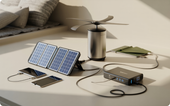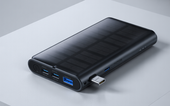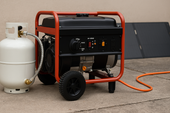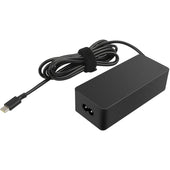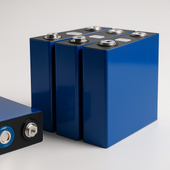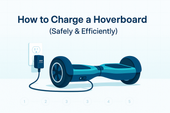What is the Difference Between AC and DC Power Stations?
ZacharyWilliamWhen shopping for a portable power station, you’ll often see specifications for AC and DC outputs. Understanding the difference between AC and DC power stations helps you choose the right model for your devices, whether for camping, RV trips, home backup, or off-grid work.

Table of Contents
- What is AC Power?
- What is DC Power?
- Key Differences Between AC and DC Power Stations
- Which One Should You Choose?
- Can a Power Station Have Both AC and DC Outputs?
- Safety Considerations
- Conclusion
What is AC Power?
AC (Alternating Current) is the standard form of electricity delivered by the power grid. The current changes direction periodically, making it ideal for transporting electricity over long distances with minimal loss. Most household appliances—such as TVs, microwaves, laptops (via chargers), and CPAP machines—require AC power.
In a portable power station with AC output, the station converts stored DC battery energy into AC electricity using an inverter, enabling you to run standard home appliances anywhere.
What is DC Power?
DC (Direct Current) is the type of electricity stored in batteries. It flows in one constant direction. Phones, tablets, drones, LED lights, USB devices, and laptops (internally) operate on DC power.
A DC power station supplies power directly from its battery without the need for conversion, which increases efficiency and reduces energy loss.
Key Differences Between AC and DC Power Stations
| Feature | AC Power Stations | DC Power Stations |
|---|---|---|
| Conversion | Requires inverter (DC ➔ AC) with ~10-15% energy loss | No conversion needed, direct output |
| Efficiency | Lower due to inversion loss | Higher efficiency |
| Output Ports | AC outlets + USB/DC ports | USB-A, USB-C, 12V car port, DC barrel ports |
| Device Compatibility | Household appliances, CPAP, laptops (via charger) | Phones, tablets, drones, cameras, LED lights |
| Size & Cost | Larger, heavier, more expensive due to inverter | Smaller, lighter, cheaper |
Which One Should You Choose?
✅ Choose a DC power station if you primarily charge phones, tablets, cameras, drones, or USB-powered devices for camping, photography, and travel.
✅ Choose an AC power station if you need to run household appliances, CPAP machines, or any device requiring an AC plug during power outages or RV trips.
Can a Power Station Have Both AC and DC Outputs?
Yes. Most modern portable power stations include both AC and DC outputs, making them versatile for camping, home backup, and emergency preparedness.
Tip: Always check if the AC output is a pure sine wave inverter, which is safer and compatible with sensitive electronics.
Safety Considerations
- AC outputs operate at higher voltages, posing a shock risk if mishandled.
- DC outputs are low voltage and generally safer for direct device charging.
- Always choose reputable brands with certified inverters to protect your devices.
Conclusion
The difference between AC and DC power stations lies in how they deliver energy and what devices they support. DC power stations are efficient and lightweight, ideal for mobile charging. AC power stations offer maximum versatility for household appliances and emergency use.
When choosing a portable power station, consider your device requirements, expected usage scenarios, and budget to select the model that best suits your needs.
